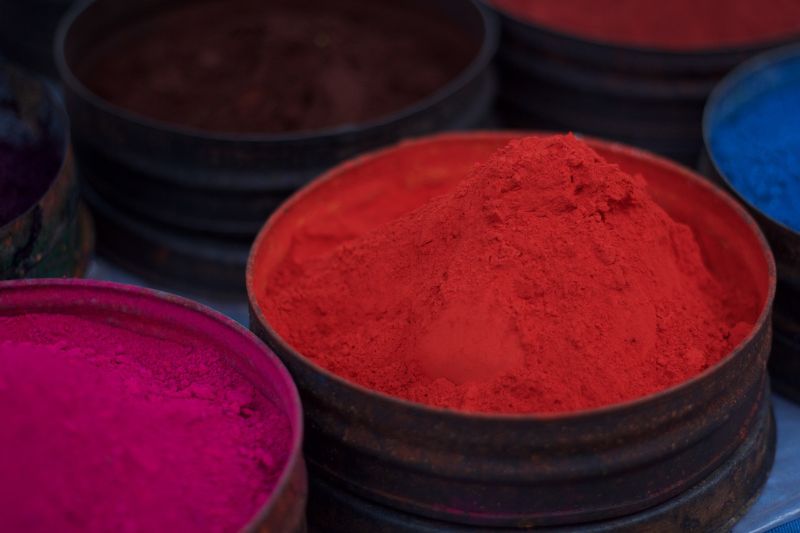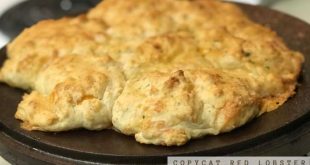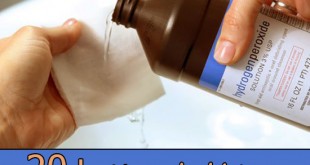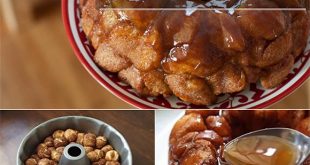Flour Paint: A Natural and Sustainable Recipe for External Surfaces
When it comes to environmentally friendly alternatives for external paint, flour paint offers a unique and sustainable solution. Made from white flour and other natural ingredients, this paint provides an eco-friendly and non-toxic option for enhancing and protecting external surfaces.
In this article, we will explore the recipe for flour paint, highlighting its advantages over other paints and providing a step-by-step guide to help you create your own. We will also discuss some examples of natural pigments and the colors they can produce when added to flour paint.
What is Flour Paint? Flour paint, also known as casein paint, is a traditional type of paint that has been used for centuries. It is primarily composed of white flour, water, and natural pigments. This simple and cost-effective combination produces a paint that is durable, breathable, and suitable for various external surfaces.
Advantages of Flour Paint:
- Environmentally Friendly: Flour paint stands out as an environmentally conscious choice due to its natural composition. Unlike commercial paints that often contain harmful chemicals, flour paint is non-toxic, low in VOCs, and biodegradable. By using flour paint, you can reduce your environmental impact and contribute to a healthier ecosystem.
- Breathability and Moisture Regulation: One of the key benefits of flour paint is its ability to allow the underlying surface to breathe. Unlike synthetic paints that create a seal, trapping moisture and potentially leading to mold and decay, flour paint forms a breathable layer. This characteristic helps regulate moisture, reducing the risk of damage to the surface.
- Adhesion and Longevity: Flour paint adheres well to a variety of surfaces, including wood, masonry, and metal. Its natural binders, such as the proteins found in white flour, contribute to excellent adhesion and durability. When applied and maintained correctly, flour paint can withstand the elements and retain its vibrant color for an extended period.
- Versatility: Flour paint offers versatility in terms of color and finish. Natural pigments can be added to achieve a wide range of colors, from earthy tones to vibrant shades. Here are some examples of natural pigments and the colors they can produce when added to flour paint:
- Iron Oxide Pigments:
- Red Iron Oxide: Adds a warm red tone to the paint.
- Yellow Iron Oxide: Imparts a vibrant yellow hue to the paint.
- Brown Iron Oxide: Creates earthy brown shades.
- Ochre Pigments:
- Yellow Ochre: Provides a golden-yellow color to the paint.
- Red Ochre: Adds a reddish-brown hue to the paint.
- Brown Ochre: Imparts a warm brown shade to the paint.
- Iron Oxide Pigments:
How to Make Flour Paint: Follow these steps to create your own flour paint:
Ingredients:
- 500 grams white flour
- 1 liter water
- 4 tablespoons linseed oil
- Natural pigments (such as iron oxide pigments, ochre, or other earth pigments)
Instructions:
- In a medium-sized pot, combine the white flour and water. Whisk the mixture until it is smooth and free of lumps.
- Place the pot on the stove over medium heat and bring the mixture to a gentle boil. Stir continuously to prevent scorching and ensure the mixture thickens evenly. This process should take approximately 10-15 minutes.
- Remove the pot from heat and let the mixture cool for a few minutes. Gradually add the linseed oil while stirring until it is well incorporated. The linseed oil helps improve the durability and water resistance of the paint.
- If desired, add natural pigments to achieve the desired color. Mix thoroughly until the pigments are evenly distributed. The amount of pigment needed will depend on the desired color intensity.
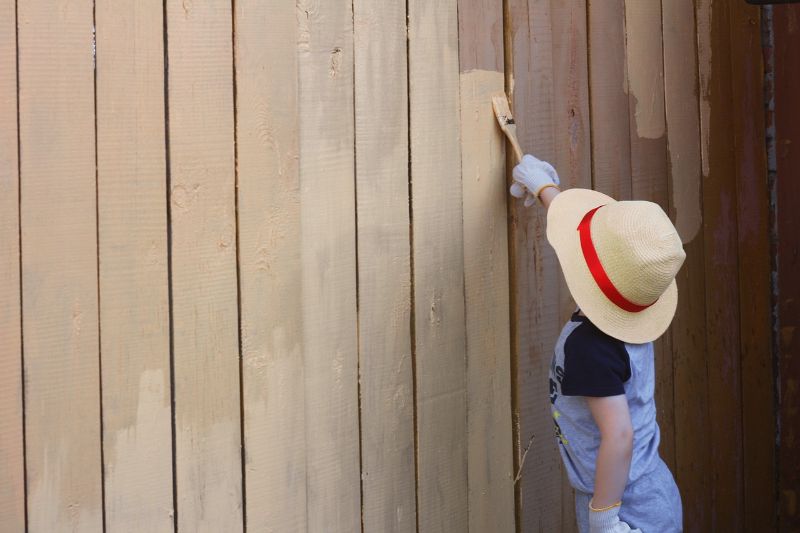
Your flour paint is now ready to use!
Application: Before applying the paint, ensure that the surface is clean, dry, and free of loose debris. Use a brush or roller to apply the flour paint evenly. Multiple coats may be necessary for full coverage. Allow each coat to dry completely before applying the next one.
Conclusion: Flour paint offers a natural, sustainable, and versatile alternative to conventional external paints. By following the simple recipe provided and experimenting with natural pigments, you can create your own unique colors and contribute to a healthier environment. Embrace the charm of this traditional paint and enjoy the benefits of its breathability, durability, and eco-friendliness as you transform your external surfaces with vibrant and natural hues.
 Home and Gardening Ideas At home and Gardening ideas we believe inspiring readers about homesteading, self sufficiency
Home and Gardening Ideas At home and Gardening ideas we believe inspiring readers about homesteading, self sufficiency

